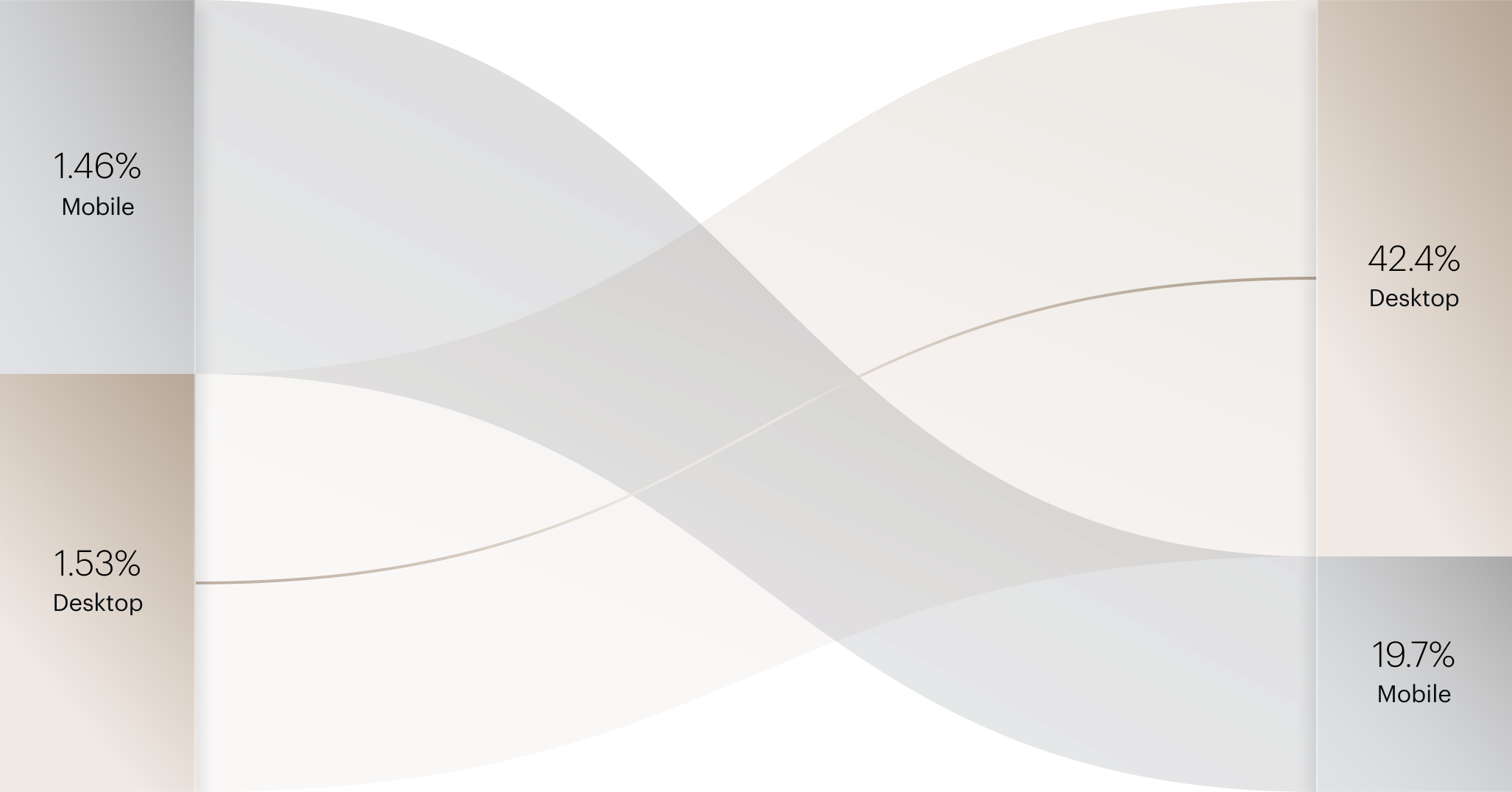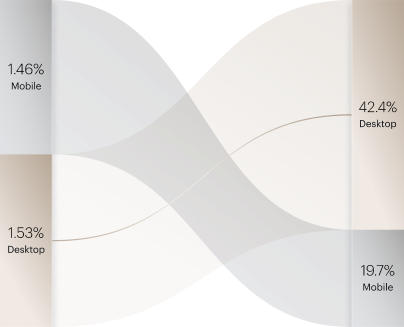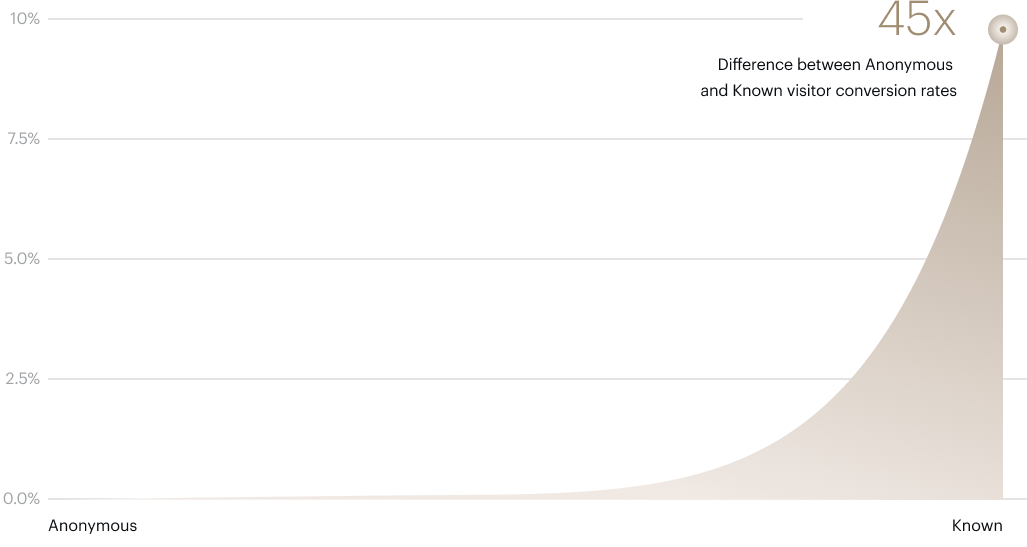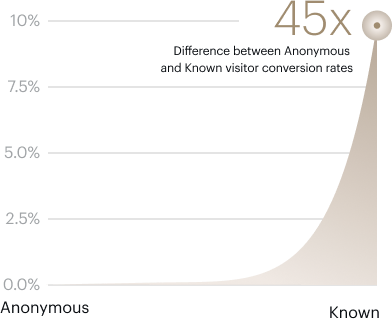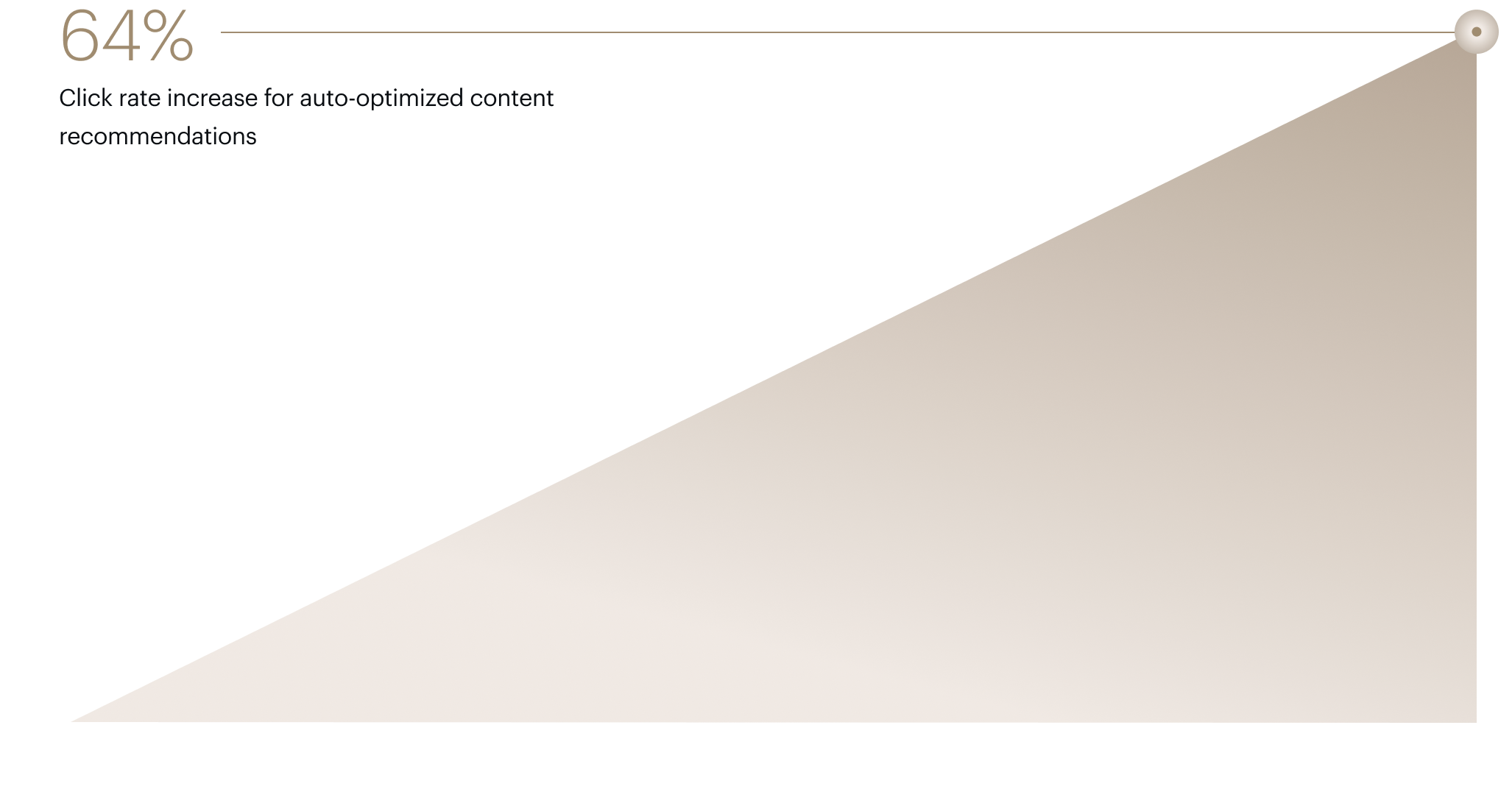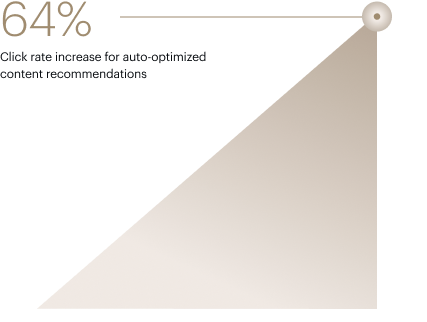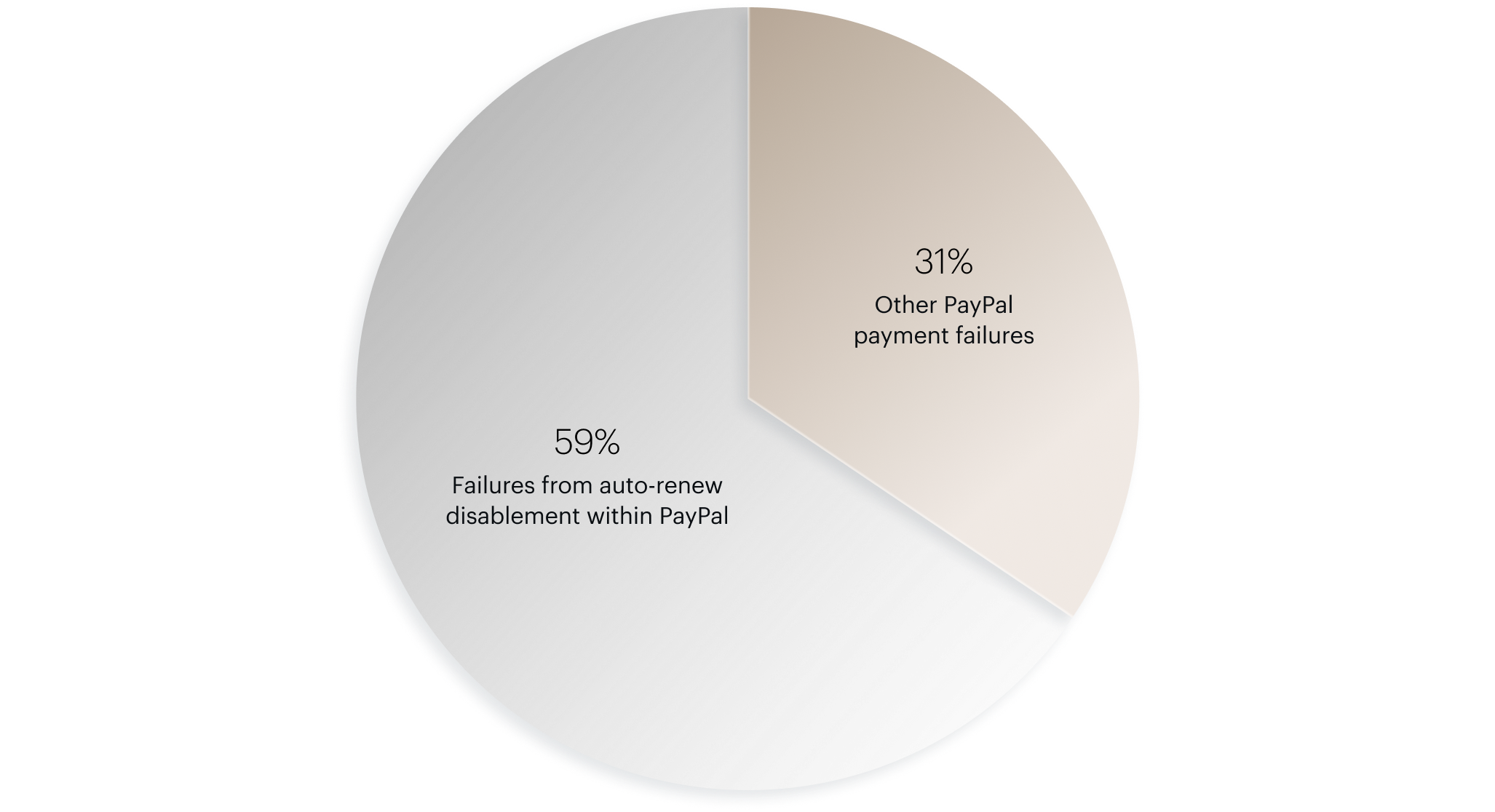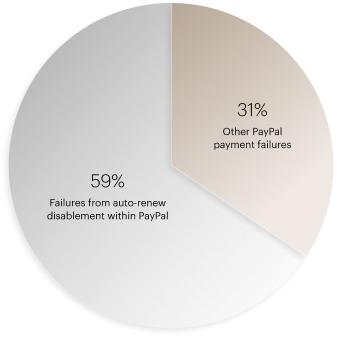Piano helps publishers across the globe implement and refine holistic programs to support their organizations by diversifying revenue streams. Working with more than 550 enterprise clients and deploying experiences on more than 140 billion pageviews every month, Piano has unparalleled scale. Analyzing this data allows us to extract unique insights around customer behavior in publisher subscription environments.
This data has informed Piano’s growth and development, guiding the framework of our solution and helping us shepherd our clients to success. Every strategic decision we make is driven by our data, and we want to put the same power in the hands of other businesses.
We released some of our proprietary data industry-wide for the first time in 2021, publishing our inaugural Subscription Performance Benchmark Report on basic subscription health metrics. Those results are still relevant today, but this year we’re taking a closer look at metrics that will help you better understand what inspires conversion and retention — and what’s getting in the way.
As we dive in, we’ll start at the top of the funnel and follow the customer journey all the way from conversion to retention, exploring some of the biggest challenges media companies are facing today.
